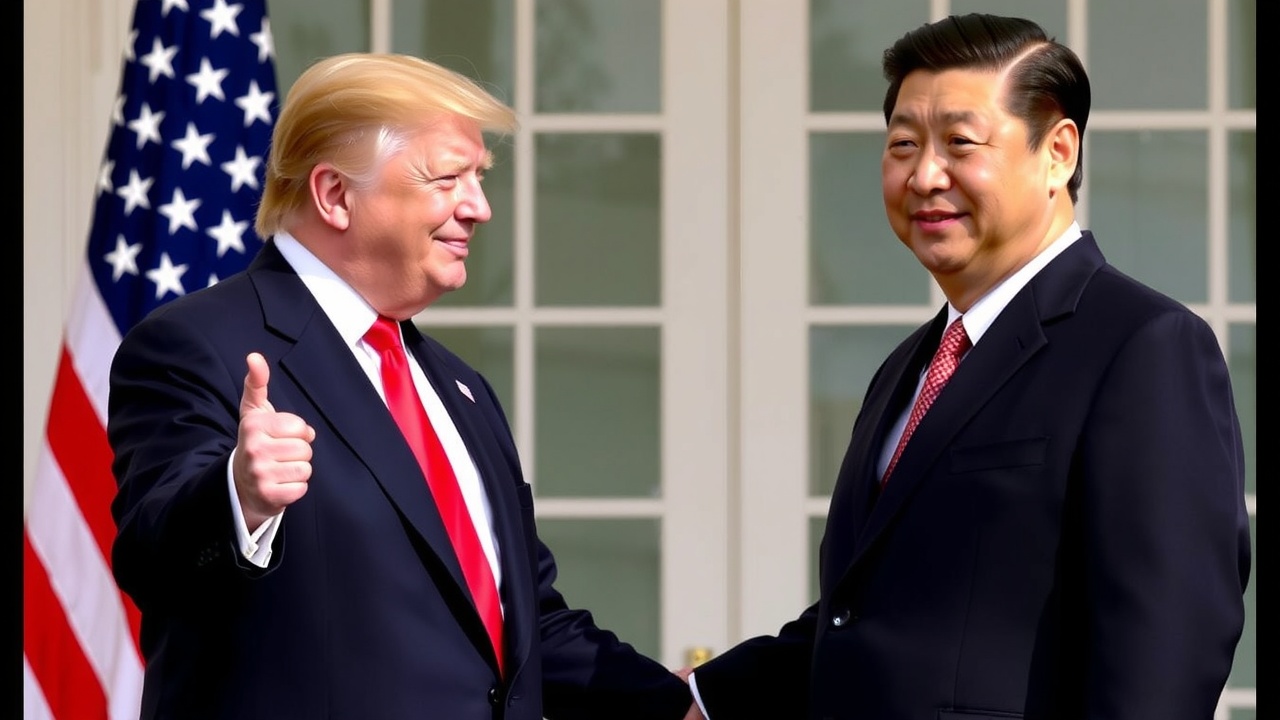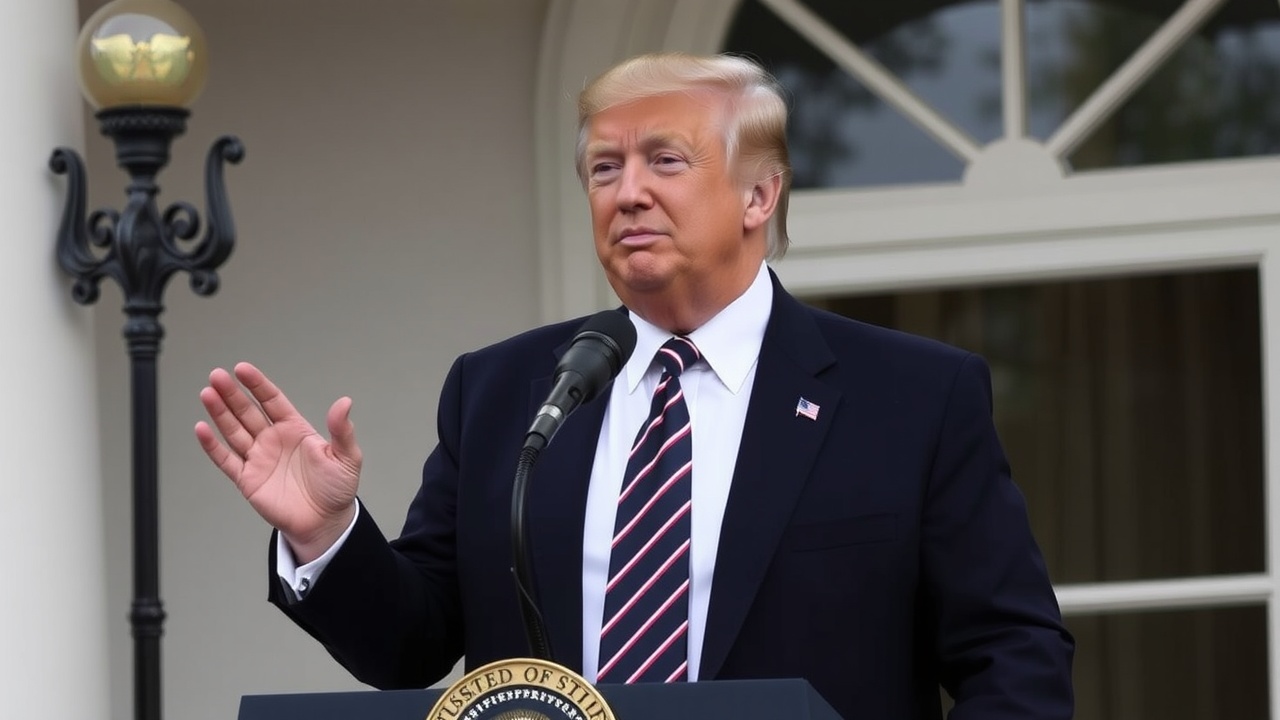
The most significant trade relationship in the world economy, that between the United States and China, is once again on track
Will the pause continue?
The United States and China have reached an agreement to "roll back" some of the "punitive measures" they had taken and reinstate the May trade truce following two days of intense negotiations in London, according to Alan Rappeport of The New York Times. The meetings came after Xi Jinping and Donald Trump reportedly had a cordial phone conversation last week. Negotiators, headed by Chinese Vice Premier He Lifeng and US Treasury Secretary Scott Bessent, are anticipated to ask both leaders for their final approval of the "framework agreement"; if they do, it will go into effect right away.
Linggong Kong claims in The Conversation that despite the two nations' 90-day tariff truce in Geneva on May 12, "deep and fundamental differences remain" and that these differences include disagreements over "currency manipulation, export subsidies, and other non-tariff barriers." Washington accused Beijing of "dragging its feet" on an agreement to expedite the export of rare-earths, and Beijing accused the US of being the first to breach the agreement by enacting a series of new measures, such as limiting the sale of AI chips and chip-design software to Chinese companies and revoked Chinese student visas. These actions put pressure on the Geneva deal. Trump issued a directive prohibiting US companies from utilizing Huawei AI chips the day following the agreement.
China and the US both benefit from it.
China, according to Katrina Northrop of The Washington Post, returned to trade negotiations with a "strong hand." Its "geopolitical ace card" is its command over scarce rare earth elements, which are essential parts of automobiles, fighter jets, iPhones, and medical equipment, among other products. Over 90 percent of the processing and 70 percent of the world's rare-earth mining are done in China. However, Beijing does not truly "hold all the cards" despite its bluster.
Exports to the US have dropped by a "precipitous 34 percent" (though this has been offset by increased sales to Europe and Southeast Asia), and economic growth is still weak. Prior to any trade frictions, the country was struggling with a real estate crisis.
China's aspirations to lead AI are hampered by restrictions on US high-tech exports, especially advanced semiconductors that it is unable to manufacture domestically. Additionally, according to Bloomberg, the US could exert pressure by "stepping up sales of arms to Taiwan" and provides China with over 99 percent of a crucial export, ethane.
However, Kaylie Pferten in The Spectator says the truce is good news. It appears that the "most significant single trading relationship in the global economy is beginning to recover." But there isn't much time. Since Trump has only "suspended the tariffs until August," a "broader agreement" must be reached by then. Some "big concessions" will most likely need to be made by China, such as permitting the US tech behemoths (Meta, Netflix, al. full access to its home market and increasing domestic consumption to cut down on its trade surplus with the United States. China could continue to expand into tech-based industries that have historically been dominated by the West and maintain the "export-led growth model that has transformed its economy over the last 30 years" if Trump were to permanently lower tariffs in exchange. A deal like that "wont necessarily happen". There would be a "win-win for both sides" and a "huge boost" to the world economy if it did, though.














Leave a comment on: Talks in London lead to a ceasefire in the trade war between the United States and China